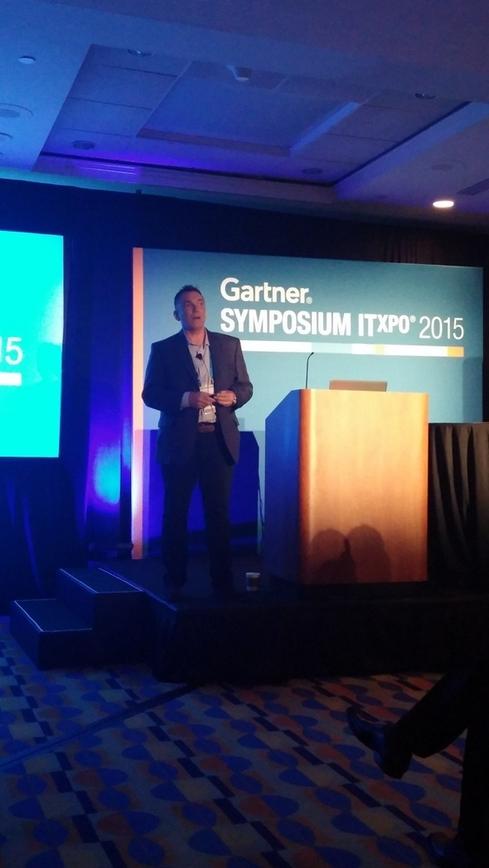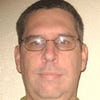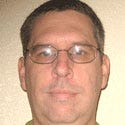Fairview Health Services CIO: Give Patients Their Data
Frustrated with a fragmented system that doesn't give caregivers or patients access to full patient data, the CIO of Fairview Health Services has the beginnings of a plan.

either because the hospital can't easily determine the test was done or because they can't access the data from the test. Because doctors don't have access to complete patient histories, diagnoses are often delayed or incorrect. That situation causes patients discomfort and all stakeholders quite a lot of money.
Why such poor data exchange? Different Electric Health Record (EHR) systems, different payer systems, different hospital systems.
"Why can't we pick up models from other industries?" asked Jacques. "I spent time with Qantas looking at their global reservations network. I think about the banking industry. I can send money to my mother in England and people know who sent it and how much and when. Every other industry can move data easily across multiple systems."
MDM for Healthcare
Jacques suggests what amounts to patient mobile device management (MDM) -- controlled access through a single identifier for each patient with one standard for metadata that all healthcare providers could tap into. He compared it to Google. Essentially, a patient or provider would simply request data via the identifier and all networks would provide the requested data from their EHR.
From the patient perspective, it would work much like any other mobile app they're very used to.
A patient wants to go to a dermatologist to have a mole checked out. He requests an appointment and he logs in with his number. He's given a list of nearby dermatologists in his insurance network. He makes an appointment, and can even send a picture of his mole to the dermatologist. He's then asked if he wants to send his history to the doctor. If he says yes, the history is sent. When he arrives, he doesn't need to fill out his history again because the doctor has it. Doctors prepare for the visit and make faster and better diagnoses because they have access to the whole picture.
To make this vision happen, Jacques is hoping to build a consortium of healthcare CIOs willing to set a standard and work out the logistical issues. He says there are too many groups with special interests holding back the process.
[Are you ready for this big change? ICD-10: The Big Healthcare IT Change You Didn't Expect.]
Jacques said the federal government has actually made it illegal to spend federal dollars on developing such a system. EHR systems are interested, but they all want it to use their numbers. Insurance companies feel the same way. They add that they don't really like a customer-centered approach. (You can imagine why.) Jacques believes the only groups that can make this happen are providers and patients, because they've got the most to gain.
What are the hurdles?
Aside from the groups who are trying to control the numbers, there's the money issue. No one is sure how to monetize it.
Jacques is so sure this is the right path, he says, "We're doing this. We can build this for Fairview, or we can build it for everyone. It can be white-labelled, and you can put your name on it regardless of where the patient is. We don't care."
Jacque is looking for allies and partners to help work out the details. It's clear that he has competition, since every healthcare provider and insurance company is claiming its own mobile app and patient service app or solution. Time will show who wins, but Jacques makes a compelling argument that putting patients and outcomes first could transform healthcare.
About the Author(s)
You May Also Like







